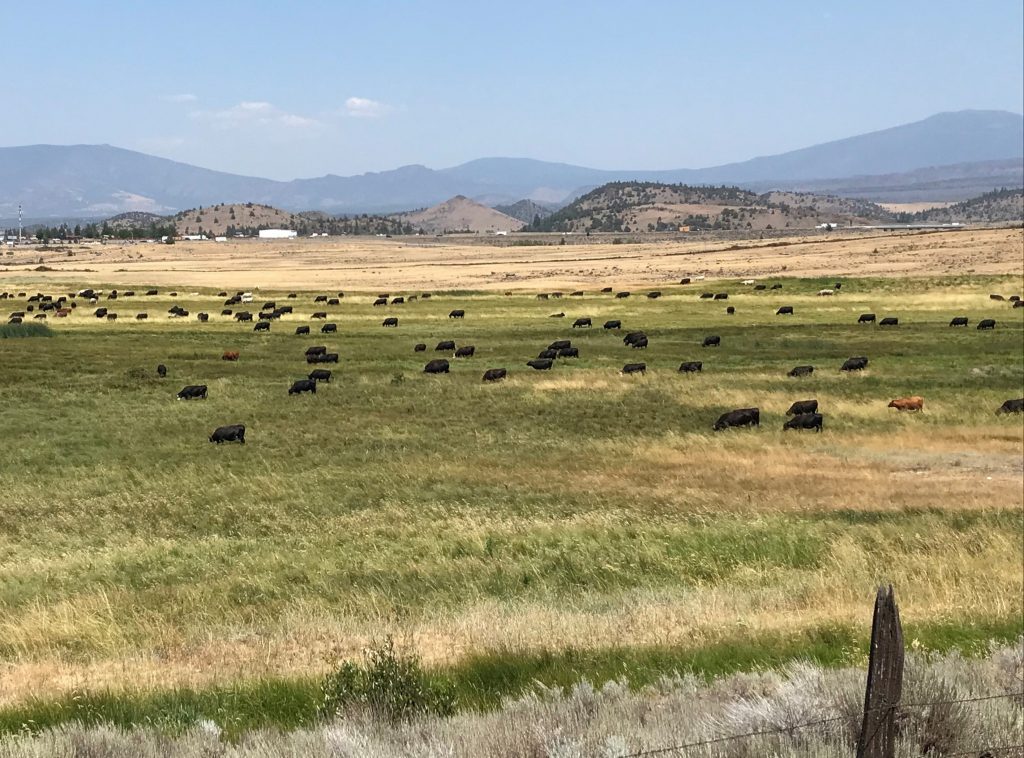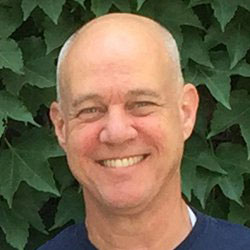Whitman School Names Julie Niederhoff as Chair of Marketing Department
The Whitman School of Management has appointed Associate Professor Julie Niederhoff as chair of the marketing department, effective Aug. 4. Niederhoff has been with the Whitman School since 2007, and also serves as co-director of the H.H. Franklin Center for…



